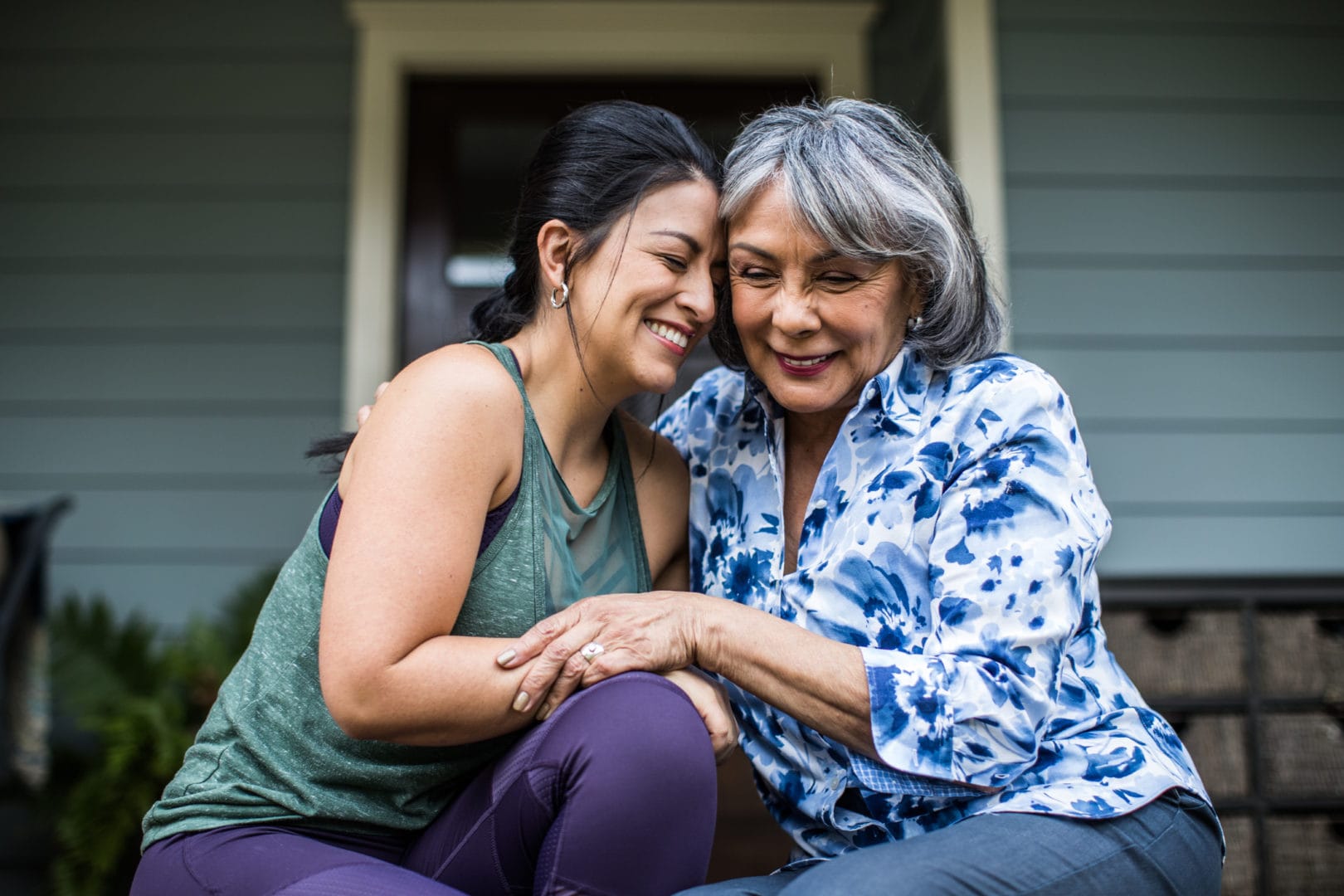As a key point of contact between families and their loved one, paid elderly care providers play an important role besides providing care: They must be good communicators in order to ensure a smoother, happier experience for the person receiving care, as well as for their family.
And yet, communication isn’t always pleasant. Disagreements between family members, the care recipient and even caregivers themselves often fall on the caregiver to work out. But with your training and outsider’s perspective, you may also be the one best equipped to tackle issues that arise.
It is the paid caregiver’s responsibility to decrease the stress by providing information within the scope of their training and credentials.
Here are nine tips that you can use to keep the lines of communication open from day one.
1. Put the individual first
There shouldn’t be any question that your first responsibility as the paid caregiver is to the person you are providing care to.
If an individual is able to make decisions for their own care, these decisions should be heard, and honoured, and the person should be empowered to do so. If an individual cannot make all decisions and needs support, we should still encourage them to make as many decisions as they can and then offer help with the rest. For example, if an individual wants to wear pyjamas to dinner, then they should be permitted to do so. Encouragement, honour and respect will win most battles in the long term.
2. Decide on a family representative
Attempting to communicate with multiple family members on a regular basis can set up discord. It never works to have numerous people giving various directions to the caregiver, some of which may be downright confusing, or worse, conflicting. Nor is it fair to ask the caregiver to repeat information to multiple family members. It is also not their job to be the liaison between family members.
That said, we recommend that caregivers ask the family to choose who their representative is. And quite often, they will self-identify.
3. Instil trust
Many communication issues can be solved simply by having a relationship built on mutual trust.
Caregivers can instil trust in their patients and their families by being honest, dependable, prompt, caring, respectful and open to conversation.
4. Choose your preferred communication methods
It’s important that you discuss a family’s preferred method of communication early on, and be sure to ask what kind of information is most important to note.
Depending on the care schedule, they might send a daily group text or maybe an update three times a week.
5. Keep a care journal
We recommend that caregivers keep a written record of activities in the form of a care journal that everyone has access to. You can keep a record of the care being provided and the family caregivers can review the journal regularly. This helps to create transparency and allows for better communication.
6. Embrace technology
Tech tools like Skype, Zoom and Facebook make it easier than ever for families to communicate with their loved one and their caregiver.
All of these programs allow for the family to see mum or dad and have both a sense of connection and a virtual feel for their parent’s real health condition or state of mind. In a perfect world, this would probably be once a month and include all the family members.
7. Watch your language
Caregivers should avoid using language that is full of aloof terms and medical jargon.
For instance, you wouldn’t use the word “patient” to specify someone you are supporting and caring for. You would use the person’s preferred name. You wouldn’t talk about the clinical procedure of caring for a wound if the person listening does not have a full understanding of the anatomy and scope of a wound. You would be prepared to explain it so they understand the procedure, and might need to bring visual aids, such as a video or photo. You might need to demonstrate the care and have them demonstrate understanding in return.
8. Set healthy boundaries
Although it’s natural to bond with someone you care for every day, it’s important for paid caregivers to maintain healthy boundaries with the families they work with.
You have not lived the lives the family members have had with the individual. You do not know their history, which you need to respect. You should not share their own personal biases or preferences.
9. Call in a mediator
If disagreements get to a point where you feel unable to manage them, it’s a good idea to call in reinforcements. Look for mediators to help facilitate the conversation by contacting a local lawyer or law firm that specialises in mediation.
